But creativity does not sit on its own, it interacts with other disciplines, and lends itself to be an integral part of the economy. Though creativity alone can probably exist, since it can extend itself for therapeutic reasons, self expression or even be a hobby, for creatives who want to pursue it professionally and be able to continue to create, a means to make a living from the field is of course a necessity. And yet, this can seem hard.
The creative industries is a significant industry in the UK, for it to continue to grow, young designers, artists and creative voices need to be given support.
There is now probably more support, in the form of funds, competitions and self promotion through social media, than there has been in the last decade or so, but this also means that the competition is tougher and with what seems like an increasingly widening economic gap between social groups, seeing and learning how certain entrepreneurs have challenged or even disrupted old business models, paves the way for the next generation to understand the struggles and the triumphs, the positives and the negatives of aligning creativity with business.
In come SHOWbiz by SHOWstudio showcasing that. A new series of in-depth conversations with SHOWstudio Editor Mimma Viglezio interviewing entrepreneurs and Chief Executives discussing their vision for business and revealing secrets of their success.
The latest instalments have included Dame Natalie Massenet discussing her career and how she built Net-a-Porter, as well as creating Imaginary Ventures to fund new disruptive businesses; and Anne Chapelle CEO of Poiret discussing her career, how she started in the fashion industry, coming from a pharmaceutical background, working with Ann Demeulemeester, as well talking about her vision for the future.
With that, it has also opened up the access to knowledge, access to learning different perspectives, hearing from different voices and coming into virtual contact with people in disciplines and fields we may aspire to.
Inspiration and aspiration can run parallel to work experience and education. And if neither education or work experience is possible, then technology and free access to learning about business may help drive a person.
Technology in the form of social media has also brought about anxiety, (something that seems prevalent in our society), as we tend to view images at a fast pace, we then may also think that success can occur rapidly, in the space of a couple of clicks and a couple of images. Through that same tool of technology though, the positive aspect of opening up to different sources occurs. Hearing about different career journeys, different paths, may help alleviate the notion and fixture of instant success and bring forth the drive to work for our inner success as well as adhere to the norms of its definition and focus on the longterm success.
SHOWbiz gives us the access to hear and view different perspectives and dive into the world of entrepreneurs and CEO'S acquiring appreciation and perception of what the road of industry and work may present, navigating through different journeys in the creative and business fields and opening resources to all.
The engaging series continues on July 13th (2018) with Marco Bizzarri CEO of Gucci and from October 2018, more from the series will be announced.
You can watch each episode of the series on SHOWstudio
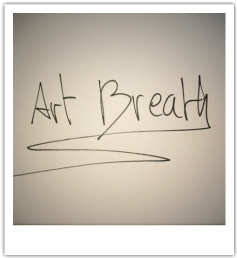
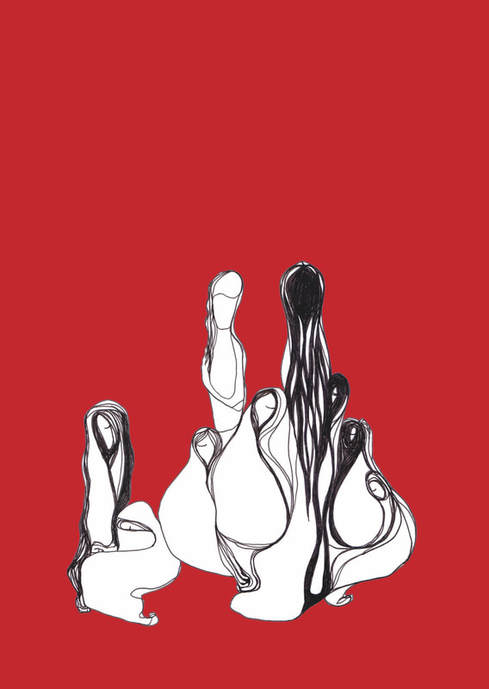
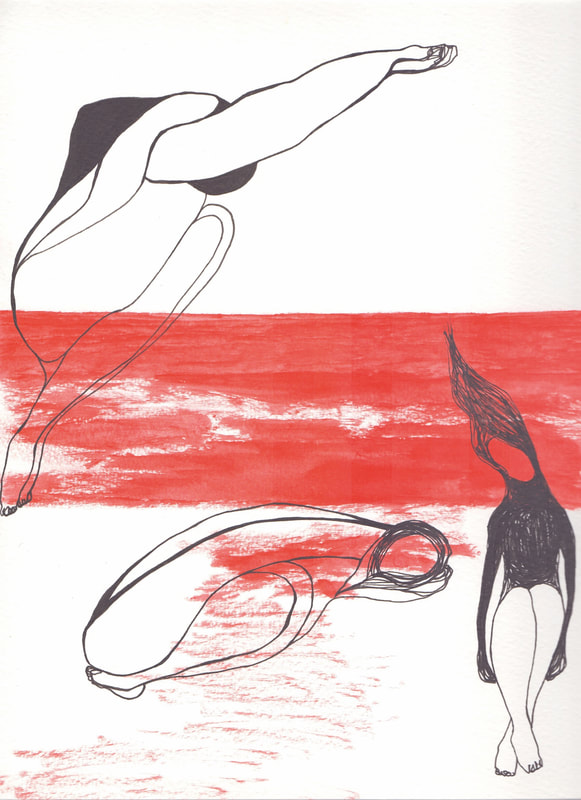
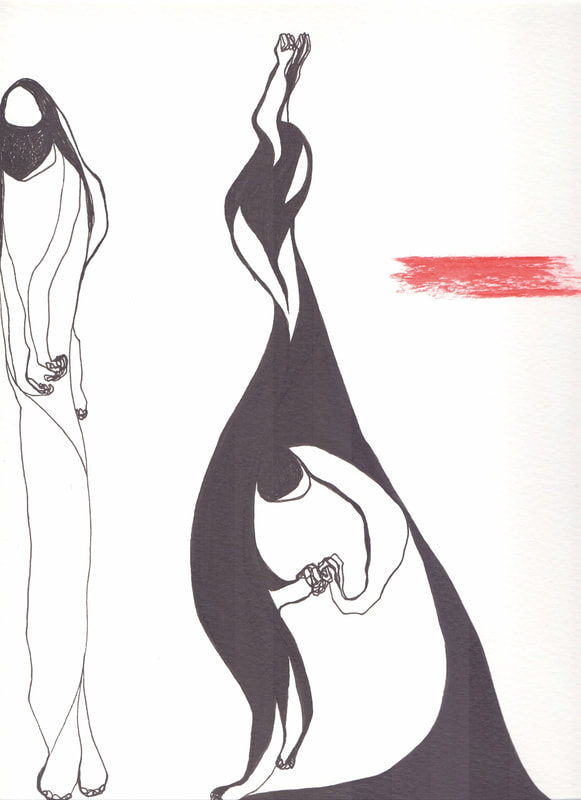
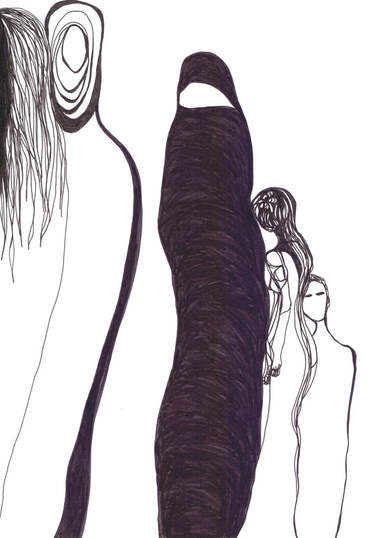
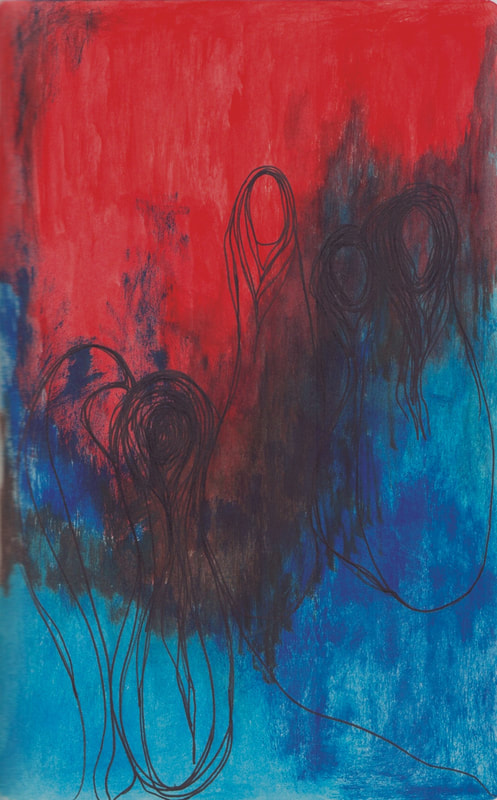
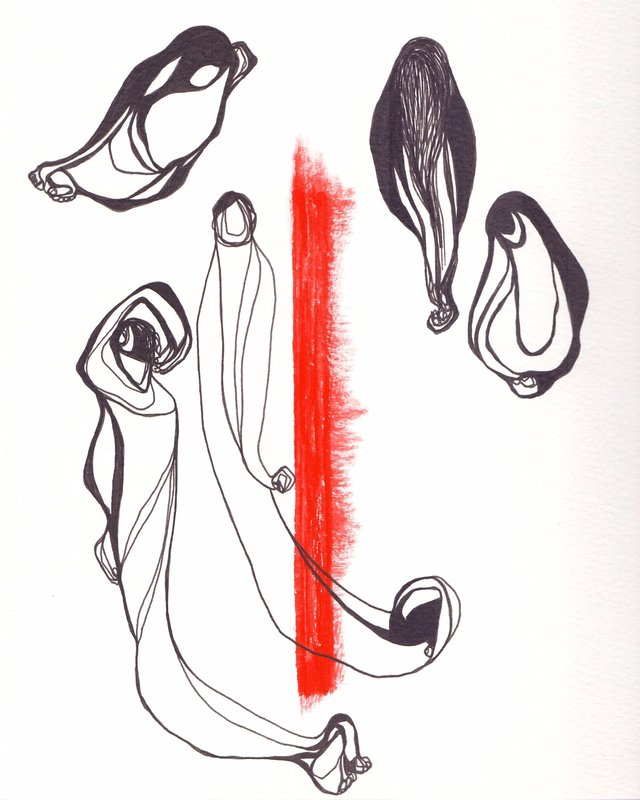
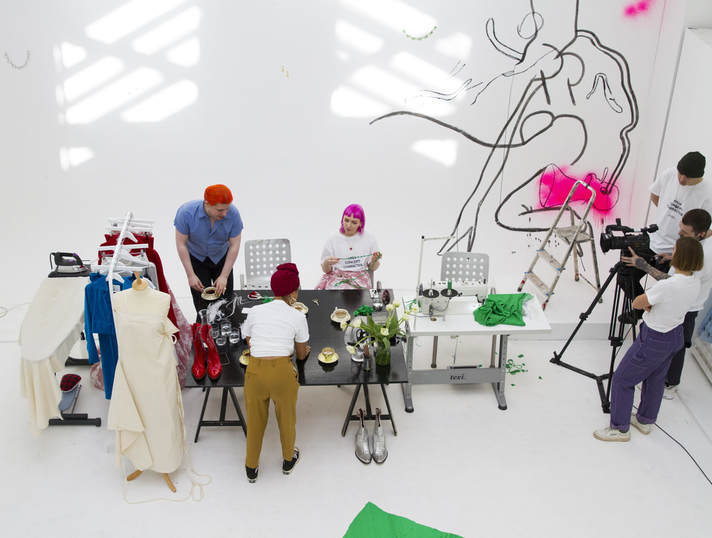
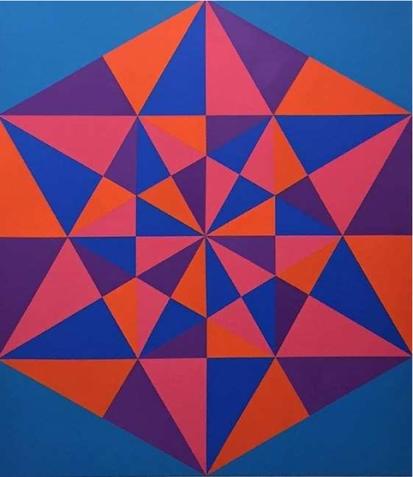
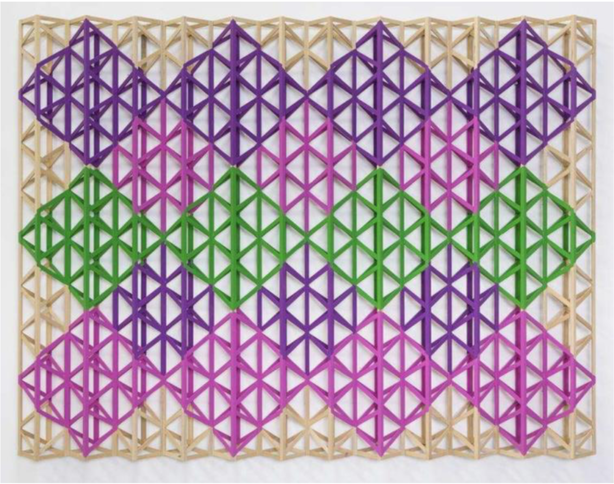
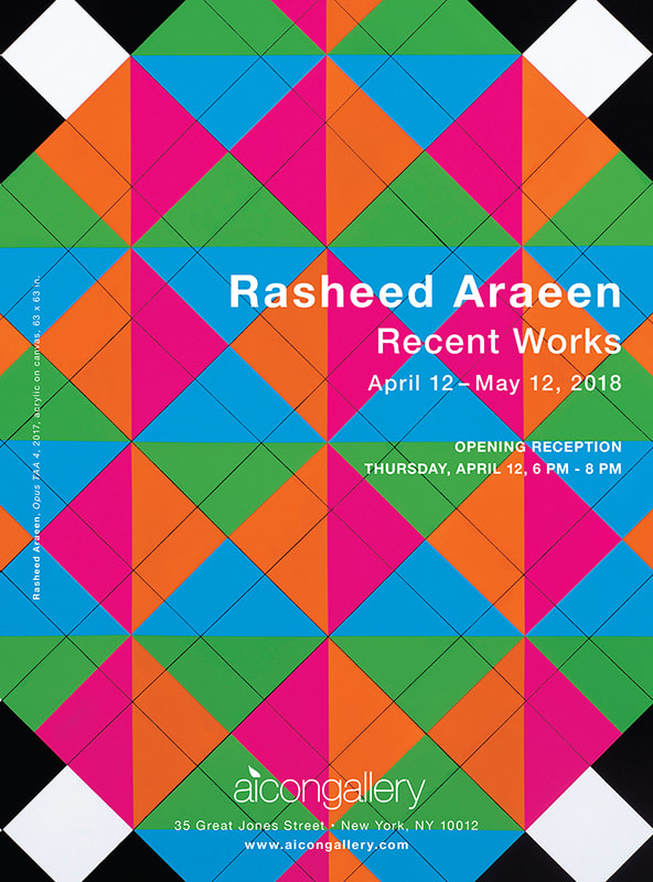
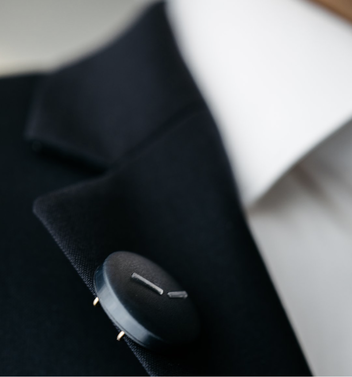
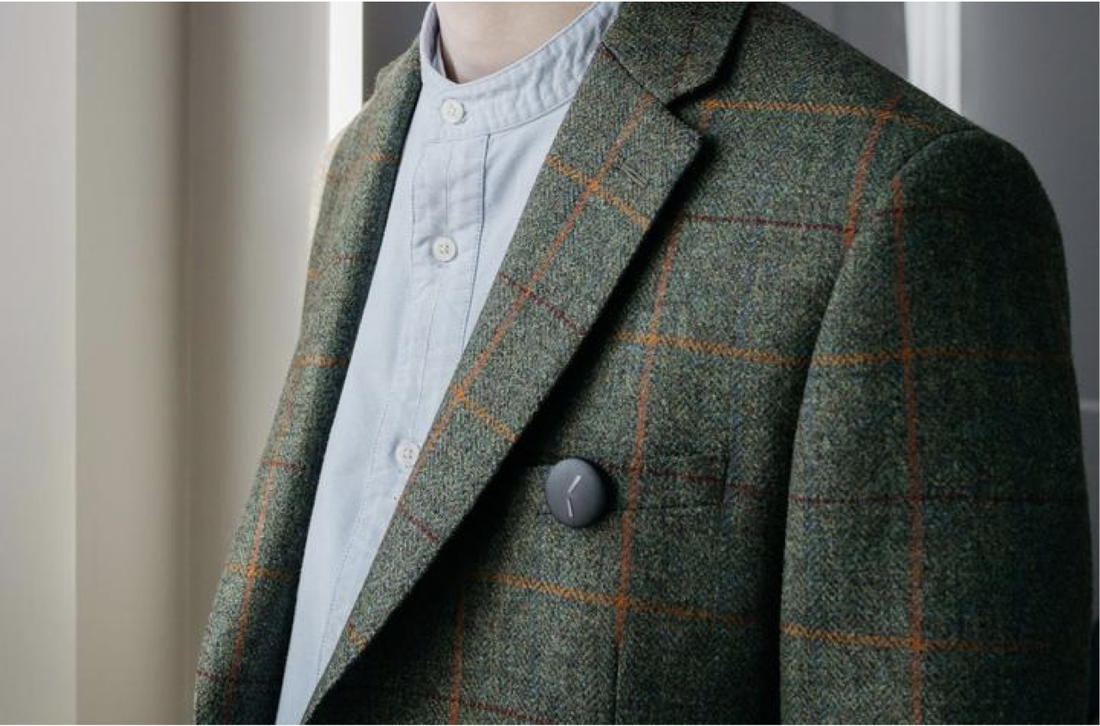
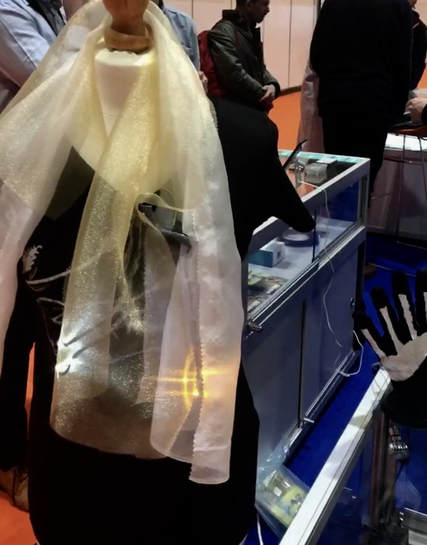

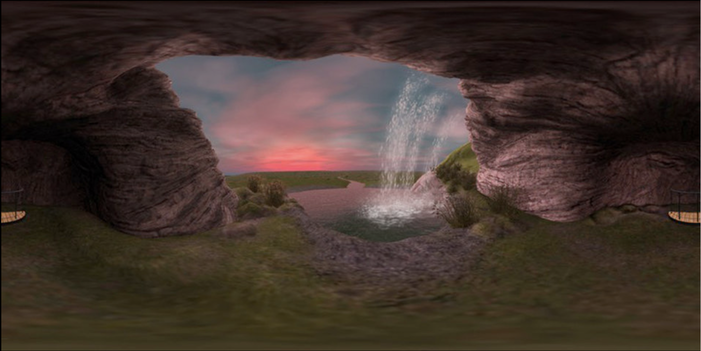
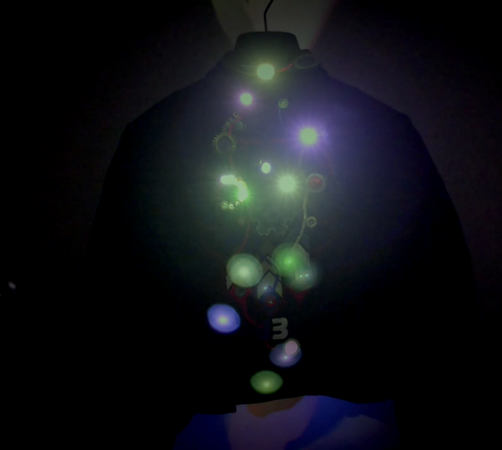

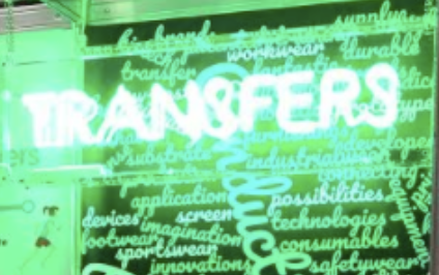
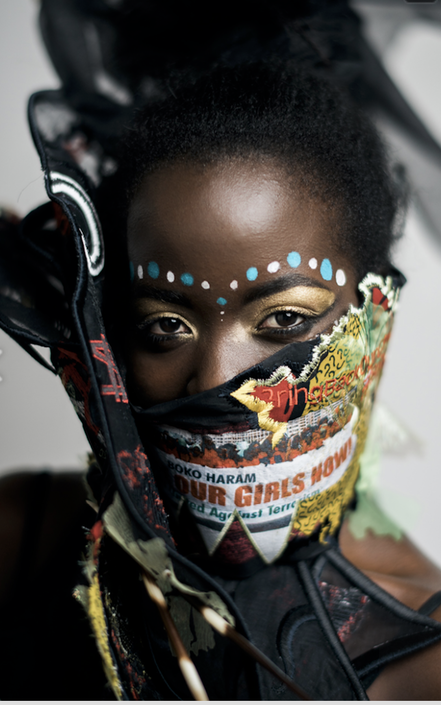
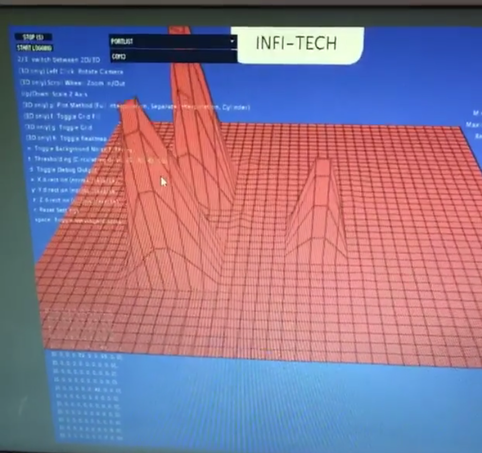
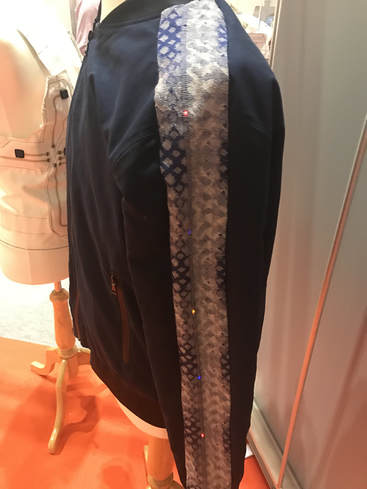
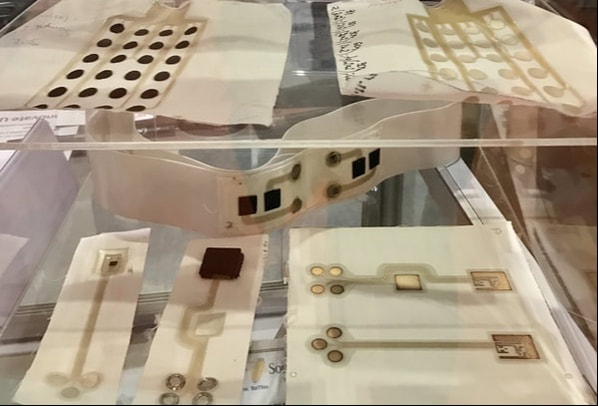
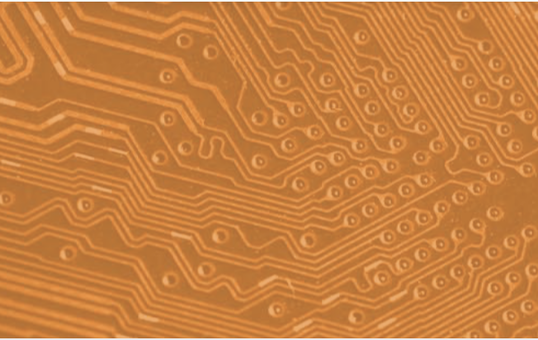
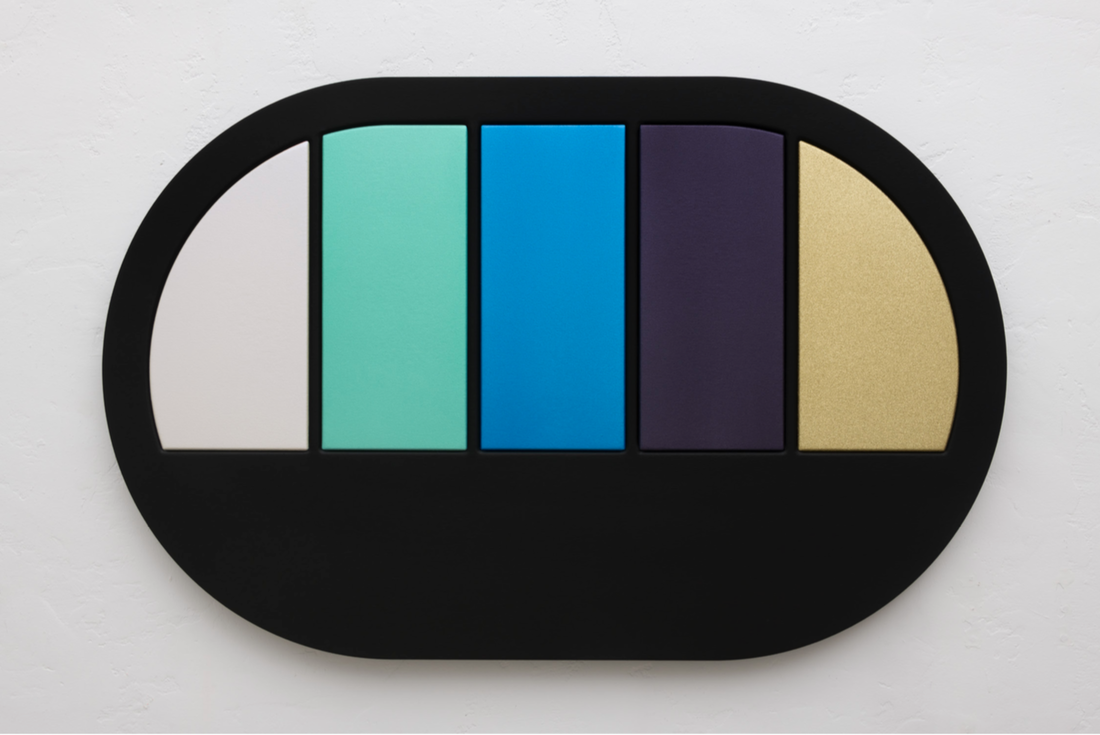
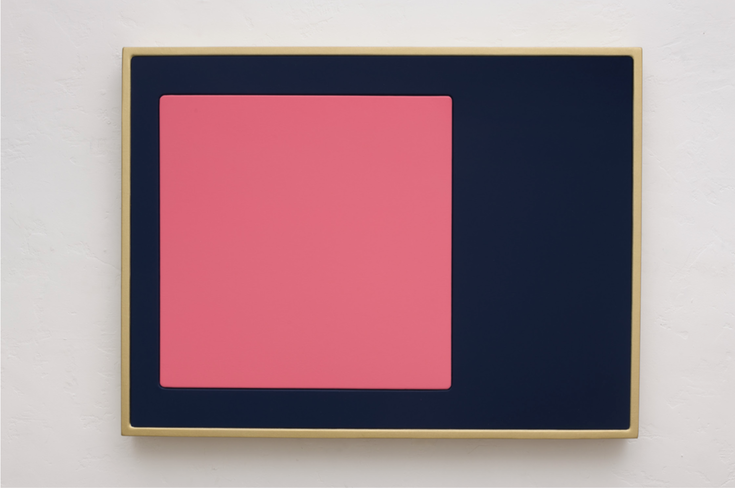
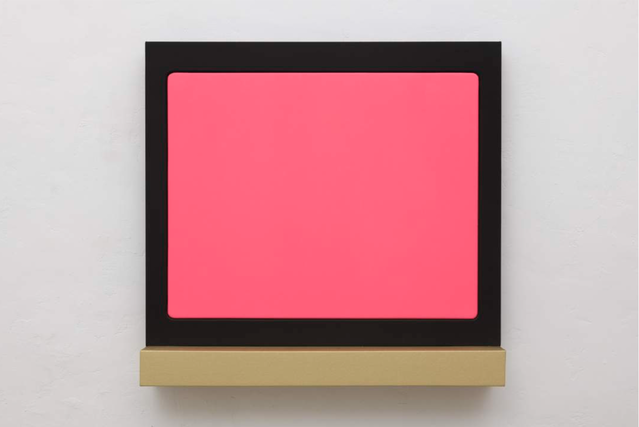
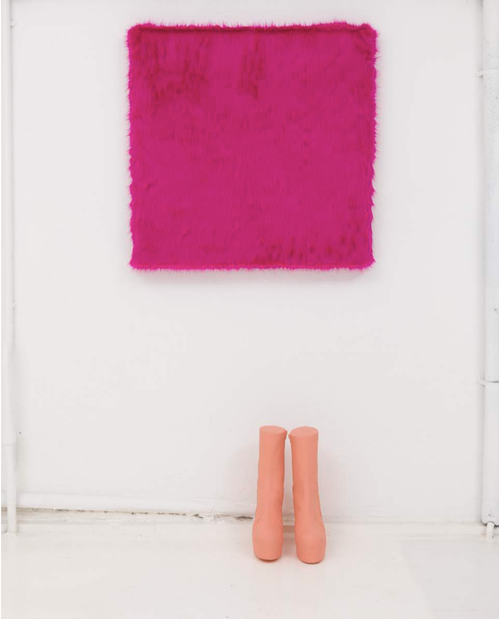
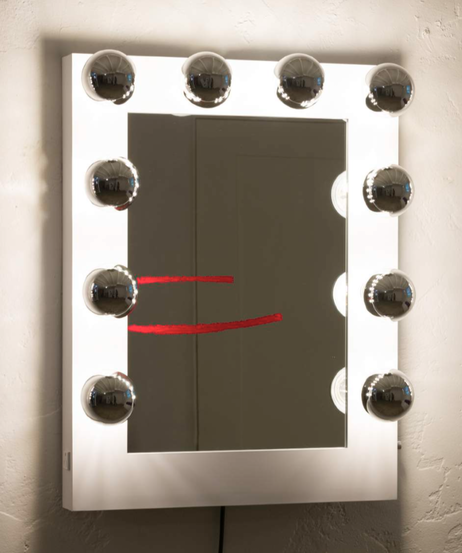
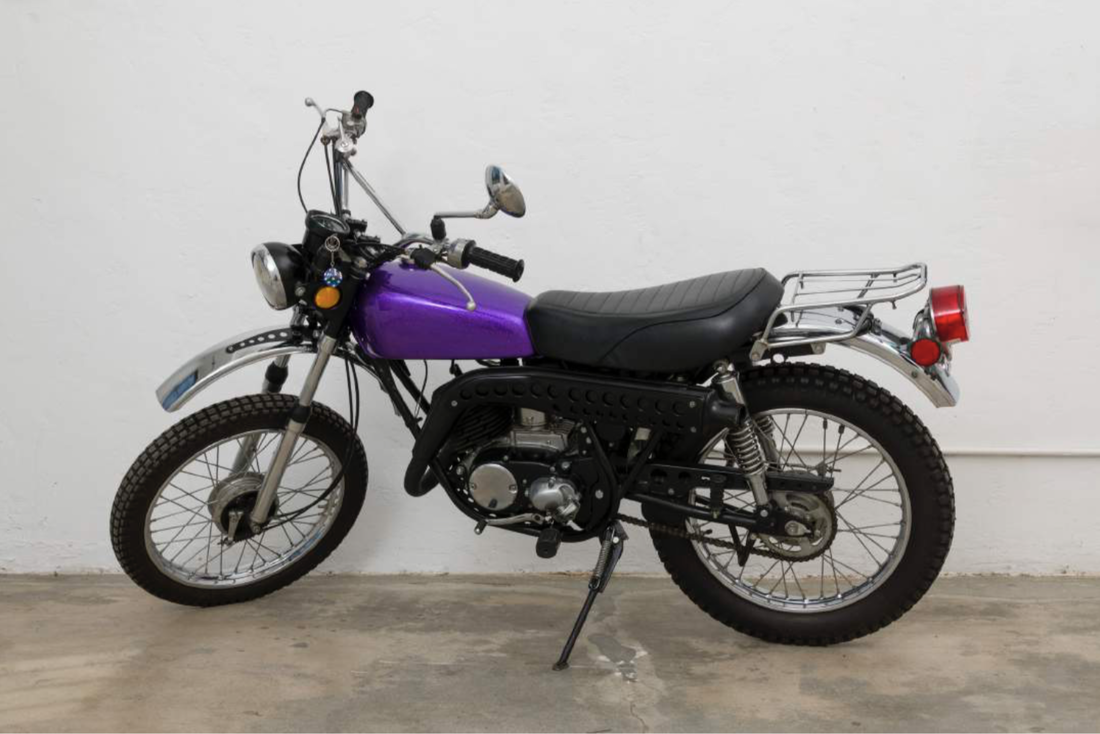
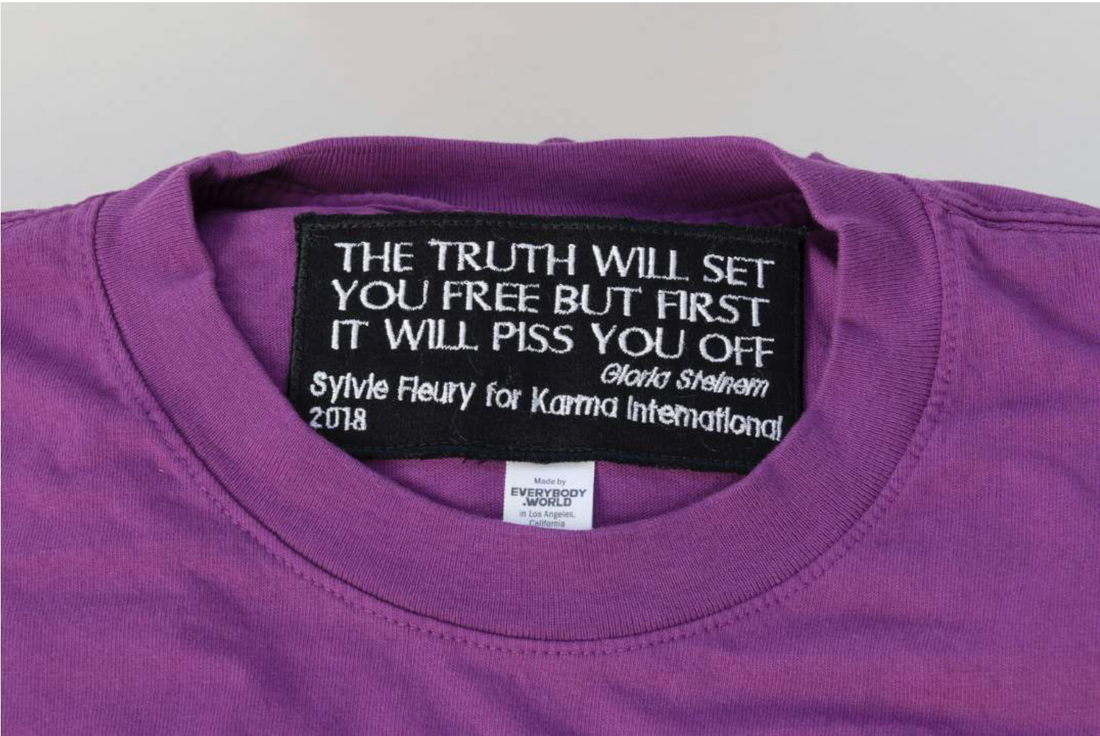
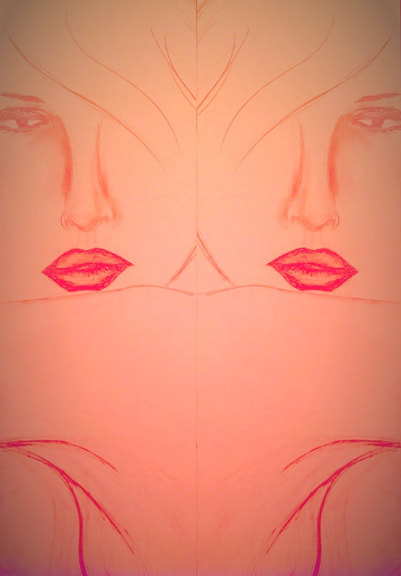
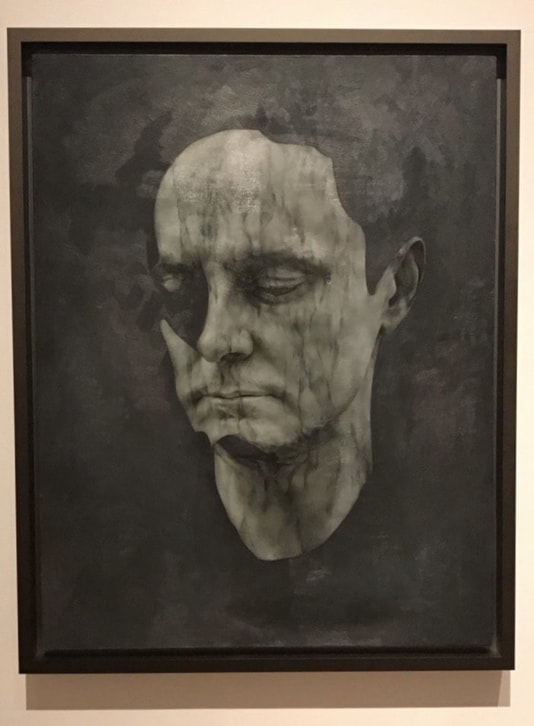
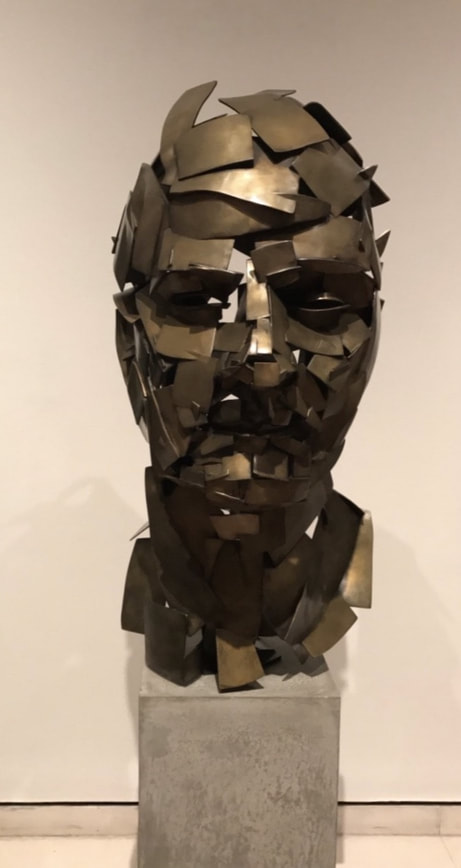
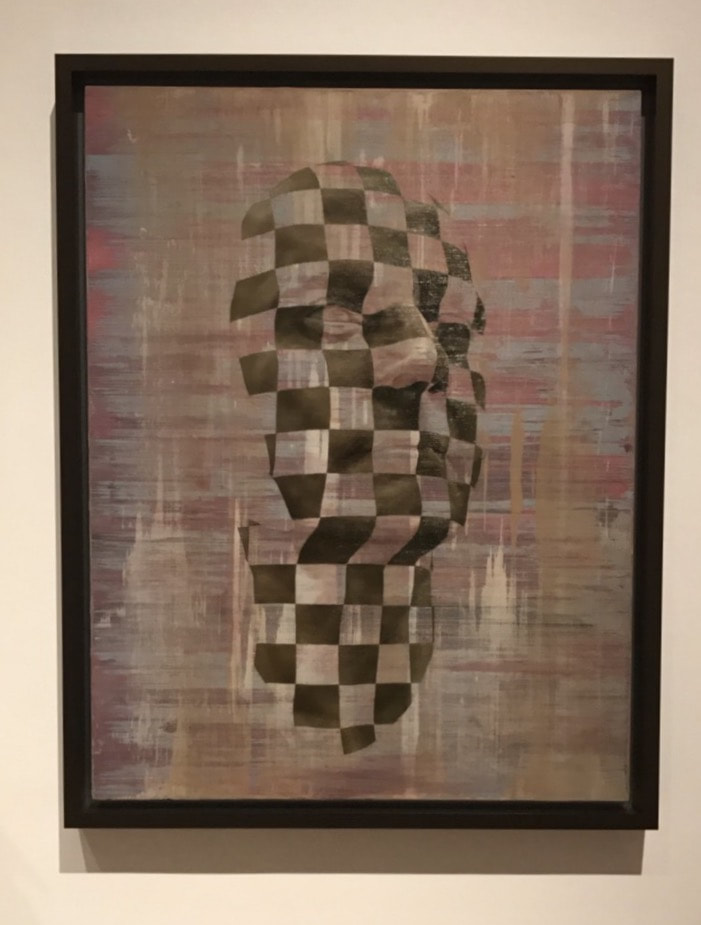
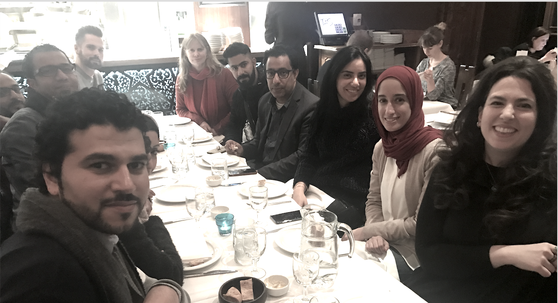
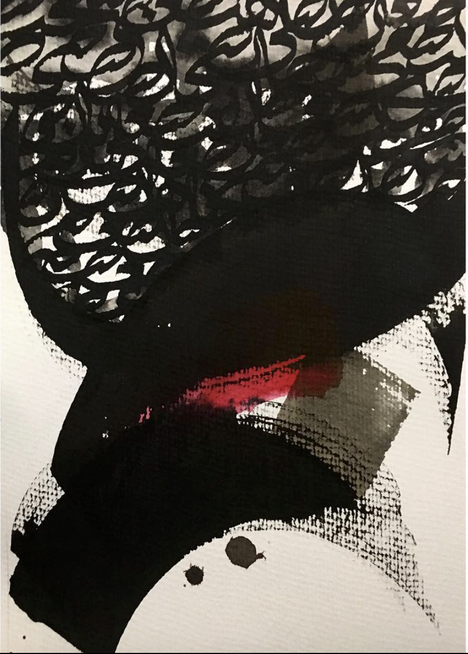
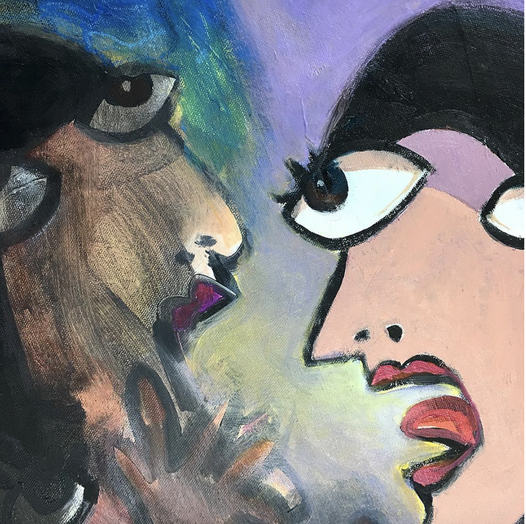
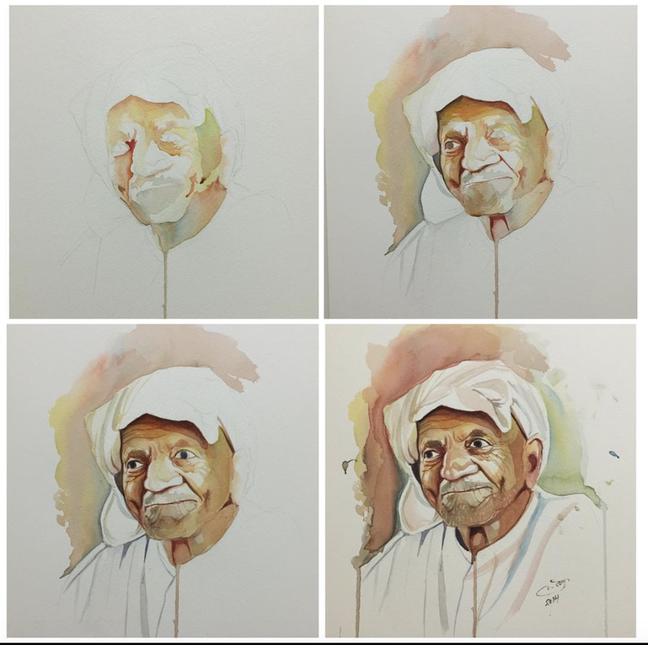
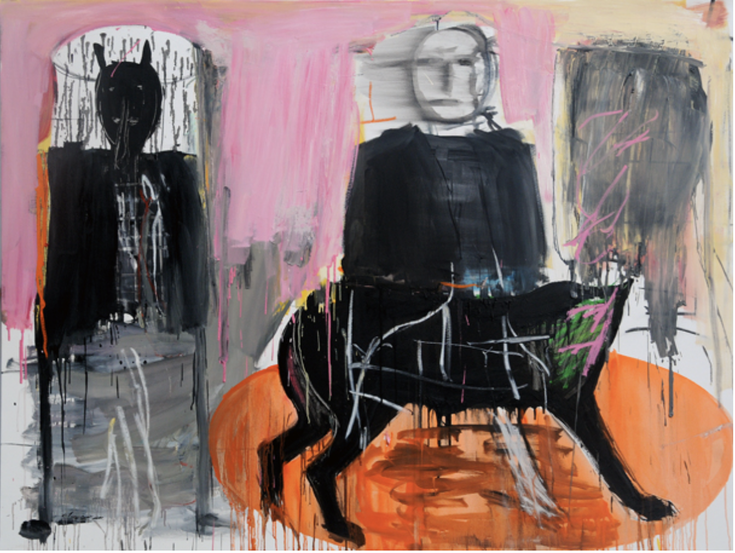
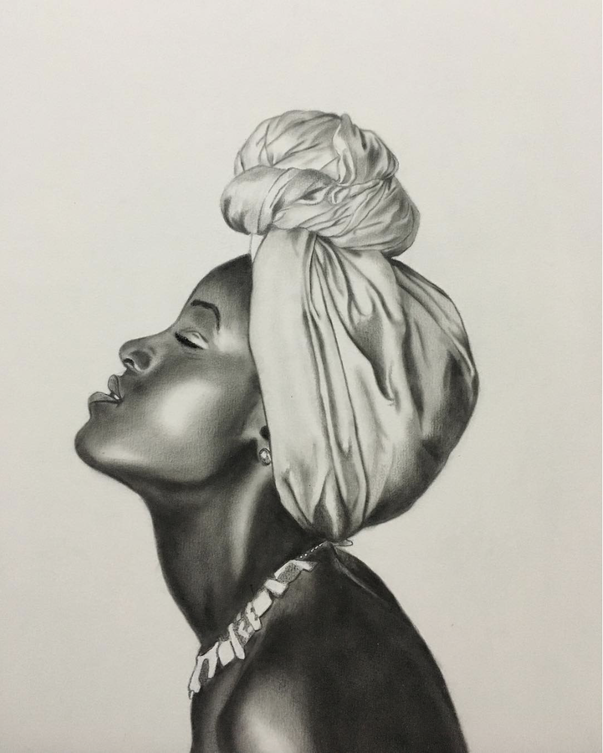
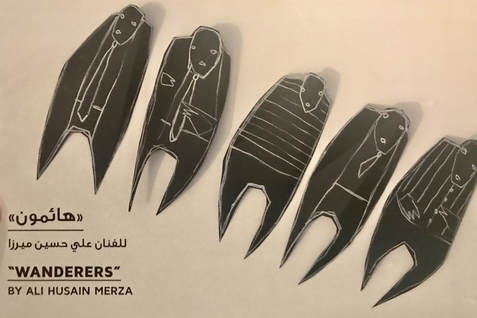
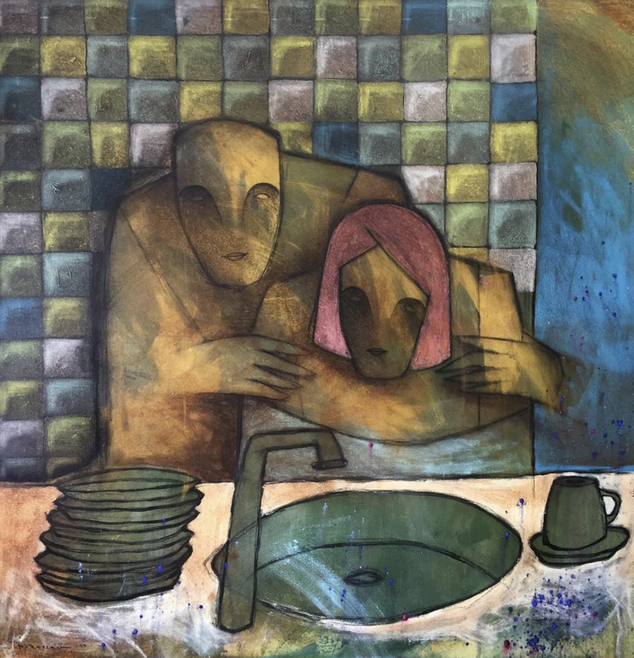
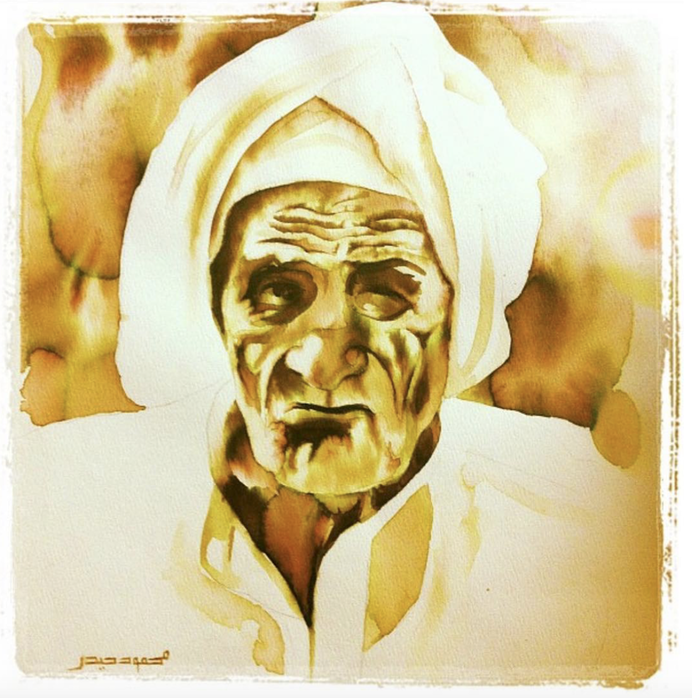
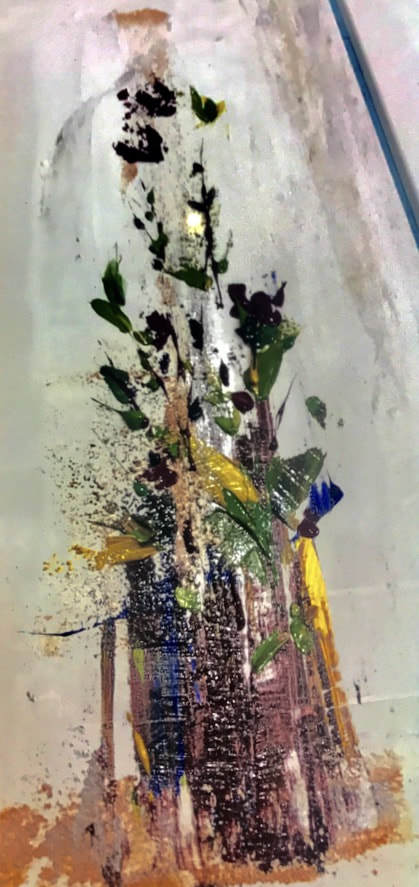
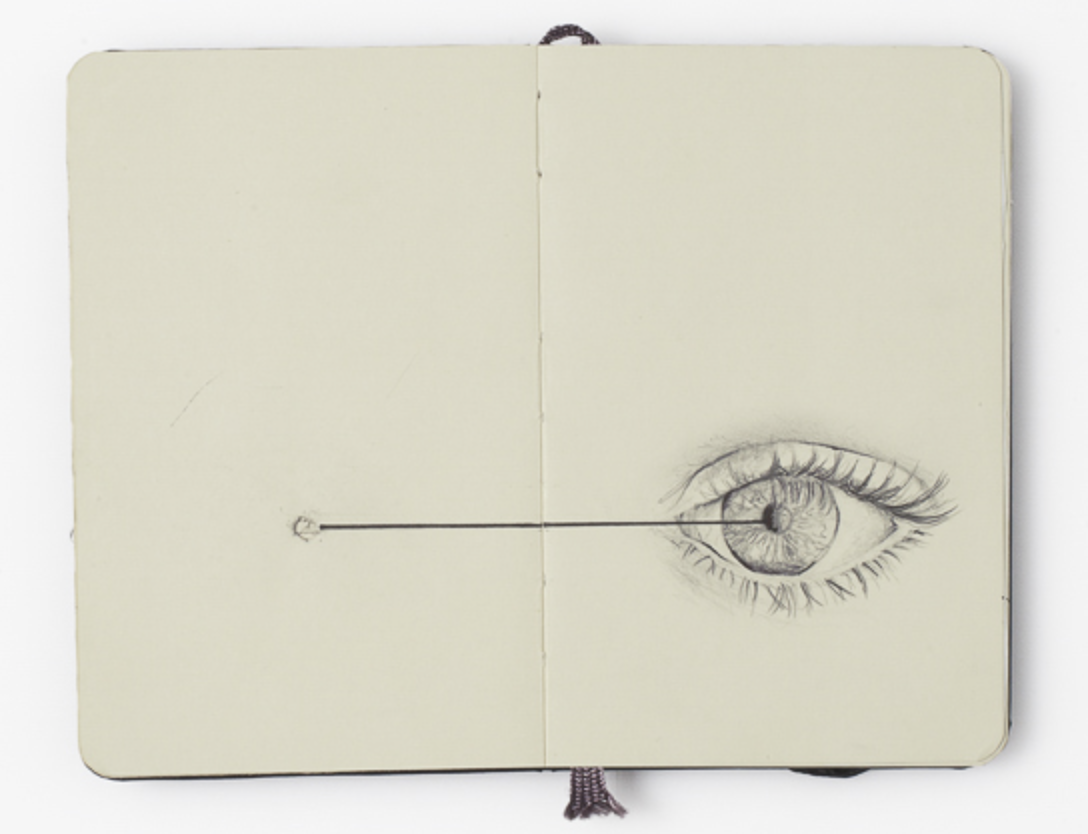
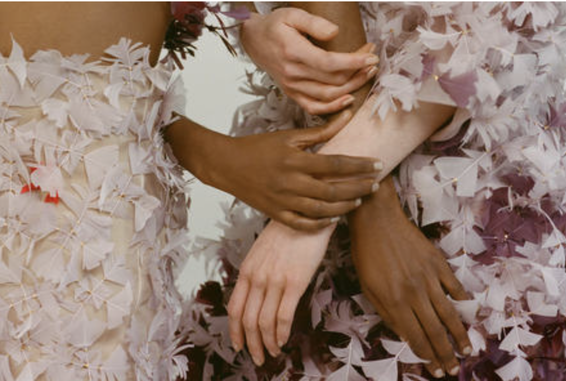
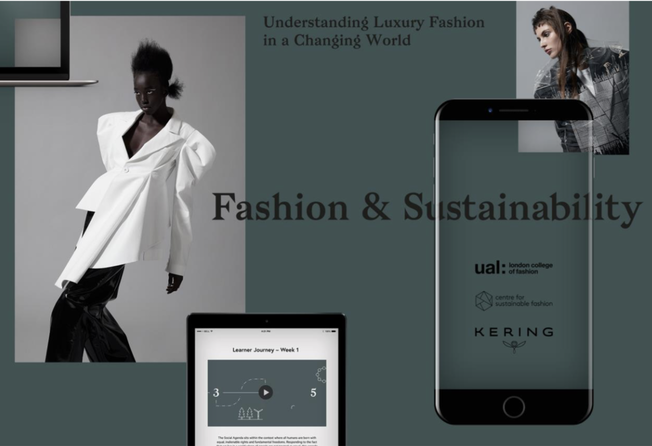
 RSS Feed
RSS Feed
